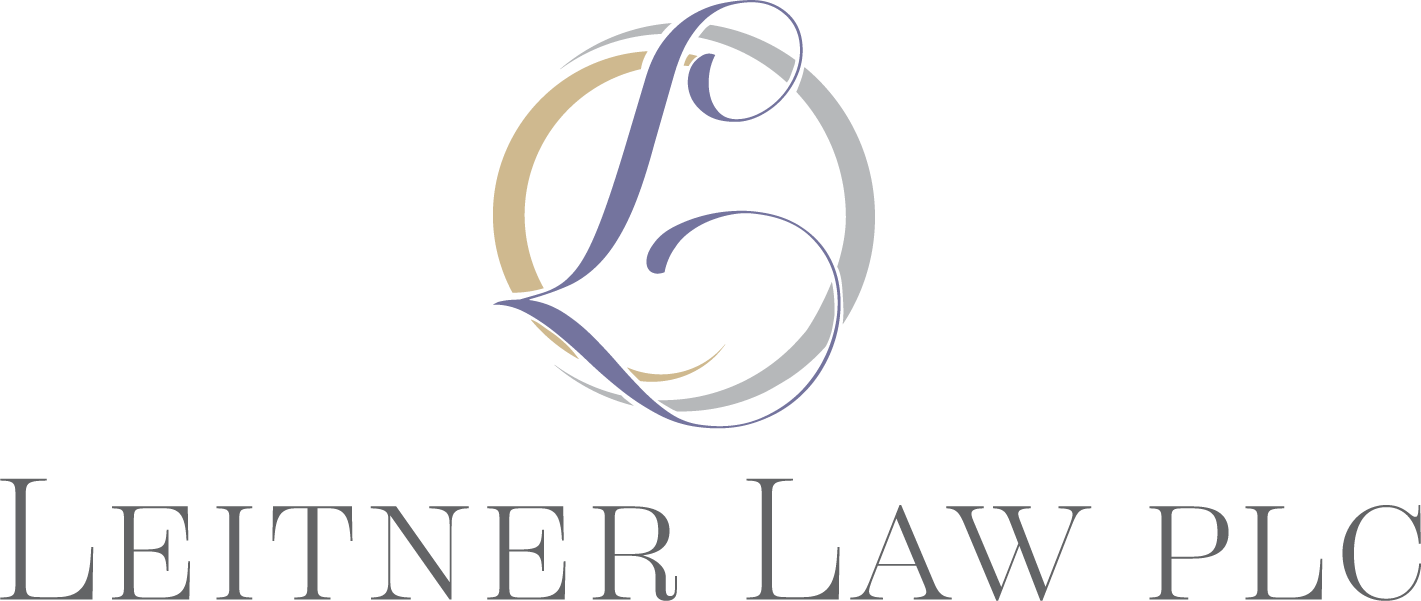How You Can End Up in Medicare’s Donut Hole, and How You Get Out
Medicare prescription drug (Part D) plans can have a coverage gap called the "donut hole", limiting how much Medicare will pay for your drugs until you pay a certain amount out of pocket. Although the gap has gotten much smaller since Medicare Part D was introduced in 2006, there still may be a difference in what you pay during your initial coverage compared to what you might pay while caught in the coverage gap.
When you first sign up for a Medicare prescription drug plan, you will have to pay a deductible, which can’t be more than $445 (in 2021). Once you’ve paid the deductible, you still need to cover your c-insurance (also called copayment) amount (depending on your drug plan), but Medicare will pay the rest. Coinsurance is usually a percentage (for example, 20 percent) of the cost of the drug. If you pay coinsurance, these amounts may vary throughout the year due to changes in the drug’s total cost.
Once you and your plan pay a total of $4,130 (in 2021) in a year, you enter the coverage gap, aka the notorious donut hole. Previously coverage stopped completely at this point until total out-of-pocket spending reached a certain amount. However, the Affordable Care Act has mostly eliminated the donut hole. In 2021, until your total out-of-pocket spending reaches $6,550, you’ll pay 25 percent for brand-name and generic drugs. Once total spending for your covered drugs exceeds $6,550 (the "catastrophic coverage" threshold for 2021), you are out of the coverage gap, and you will pay only a small coinsurance amount.
Once you are in the coverage gap, your yearly deductible and coinsurance payments count toward the amount you need to pay to reach catastrophic coverage. The amount of out-of-pocket costs you have to pay to reach catastrophic coverage will vary, depending on the type of drugs you take. In the case of brand name drugs, you will pay only a certain percentage of the price, but the entire price will count toward the amount you need to qualify for catastrophic coverage. With generic drugs, only the amount you pay will count toward getting you out of the donut hole.
Bear in mind that only payments for drugs covered by your plan count towards the out-of-pocket threshold. Your premium and the portion of the drug cost that Medicare pays do not count toward reaching catastrophic coverage, either. Also, any help paying for Medicare Part D costs that you receive from an employer health plan or other insurance does not count toward this limit.
If you have questions about your Medicare coverage, reach out to your health insurance agent or an elder law attorney.


